19 pages • 38 minutes read
Claude McKayThe Harlem Dancer
Fiction | Poem | Adult | Published in 1917A modern alternative to SparkNotes and CliffsNotes, SuperSummary offers high-quality Study Guides with detailed chapter summaries and analysis of major themes, characters, and more.
Symbols & Motifs
Palm
The palm tree grows in tropical climates and has a highly flexible trunk that can withstand high winds, even those of hurricane force. In McKay’s poem, the speaker equates the dancer’s resilience with the palm tree, but the tree may enhance other elements of the poem as well. In ancient Greece, palm fronds traditionally represent triumph and were once used as prizes for victorious athletes. One can see the dancer as also triumphing over her situation, winning her challenge not to succumb to the audience’s vision of herself. In ancient Egypt, palms were seen in a slightly different way. They were symbolic of immortality. This was used similarly by early Christians who had the palm represent the triumph of the spirit over the flesh. The dancer, too, keeps her “self” (Line 14) separate from her “body” (Line 1) which is ogled by the audience. In this way, she protects her soul from the taint of the “passionate gaze” (Line 12) of others’ lust.
Coins
The audience “toss[es] coins” (Line 10) at the dancer after she performs. As with many of McKay’s images, this action can symbolize contradictory things. Like a busker, the dancer performs for a meager subsistence and is reliant on what comes across as pitiful charity.
Related Titles
By Claude McKay
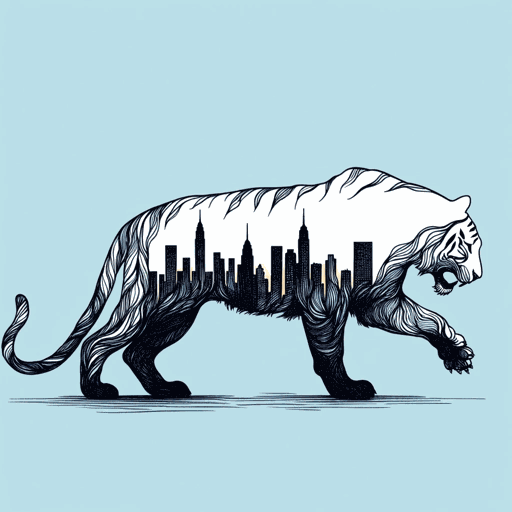
America
Claude McKay
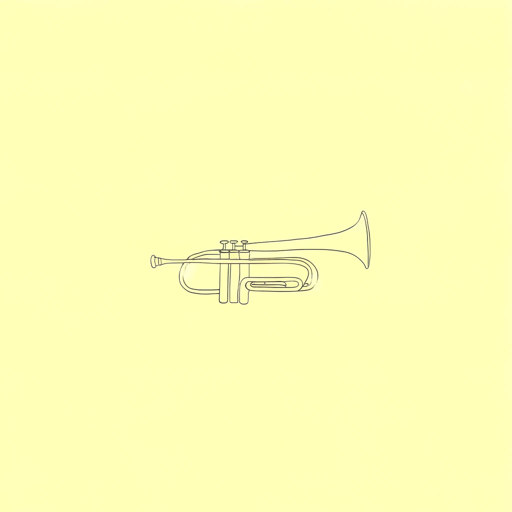
Home To Harlem
Claude McKay
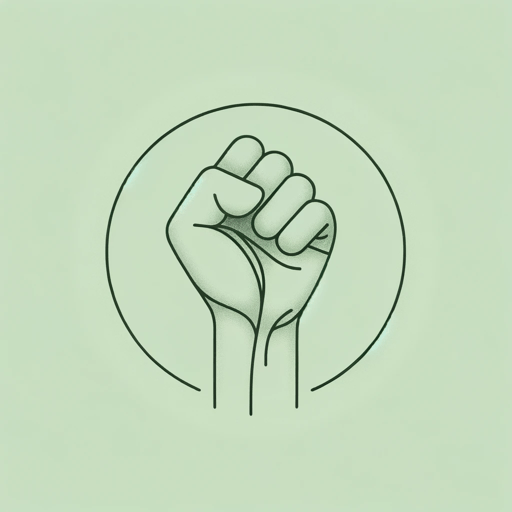
If We Must Die
Claude McKay
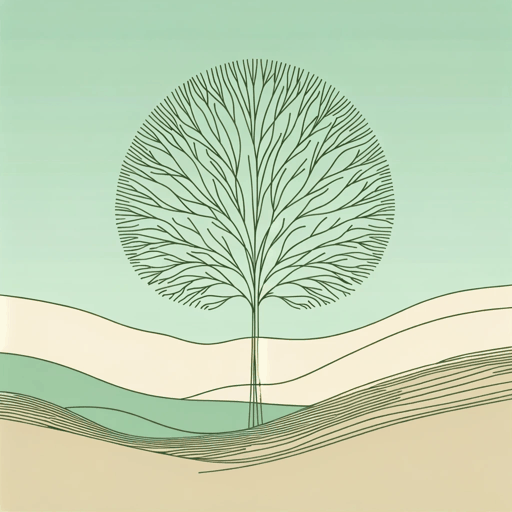
Joy in the Woods
Claude McKay
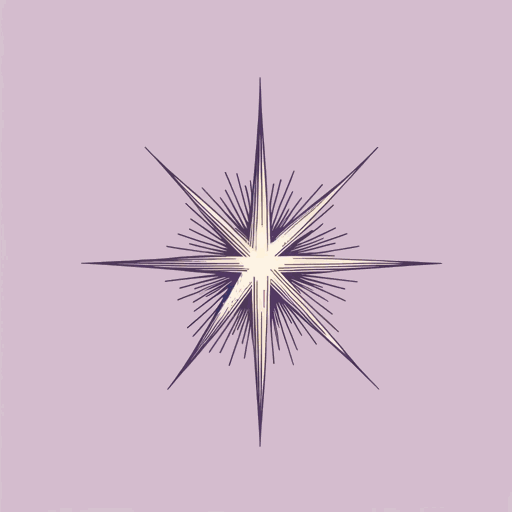
The Lynching
Claude McKay
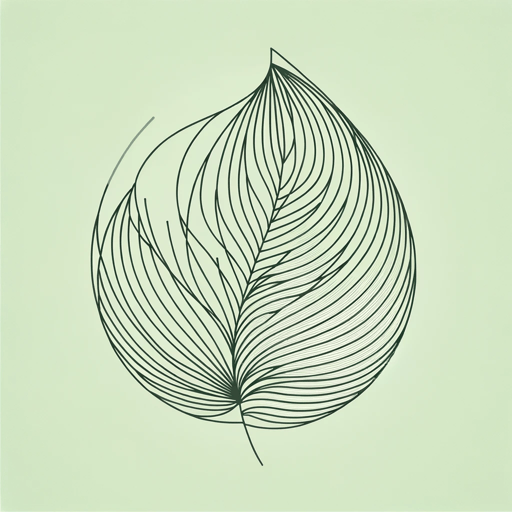
The Tropics in New York
Claude McKay
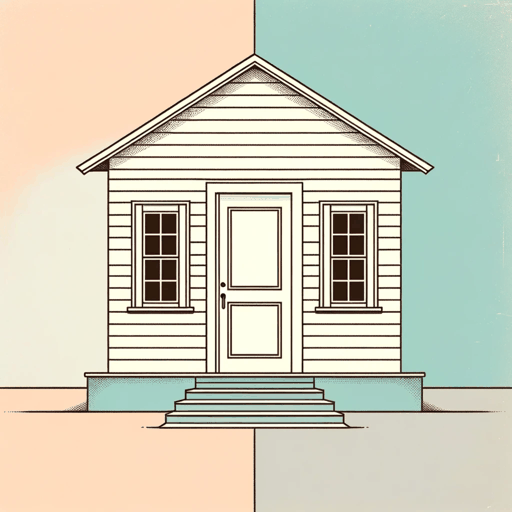
The White House
Claude McKay
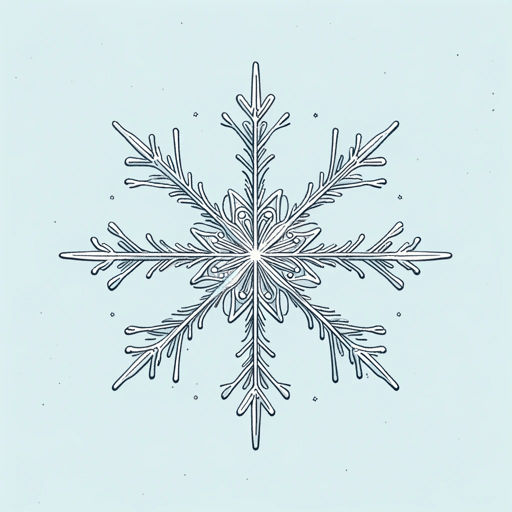
To One Coming North
Claude McKay
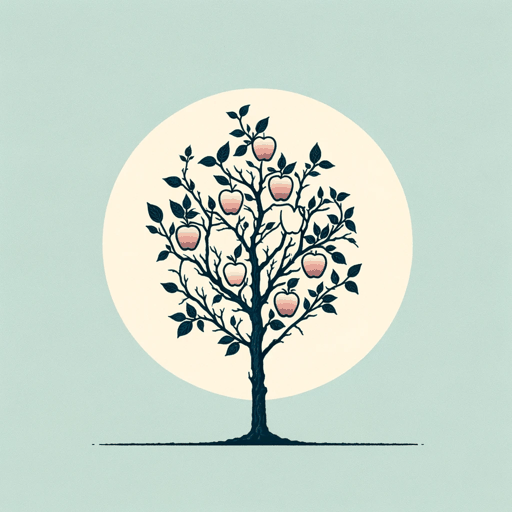
When Dawn Comes to the City
Claude McKay

